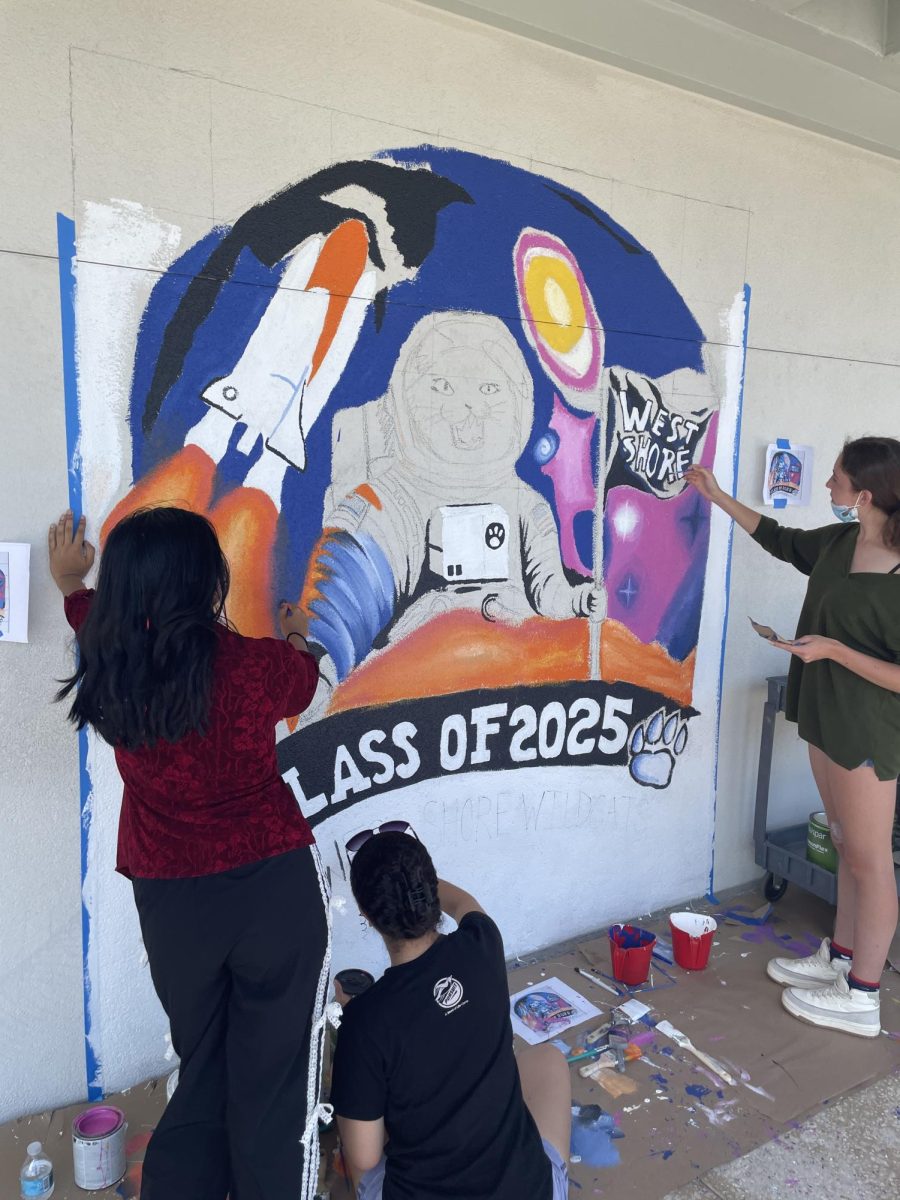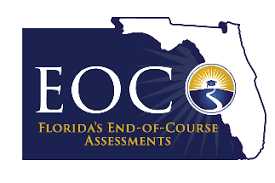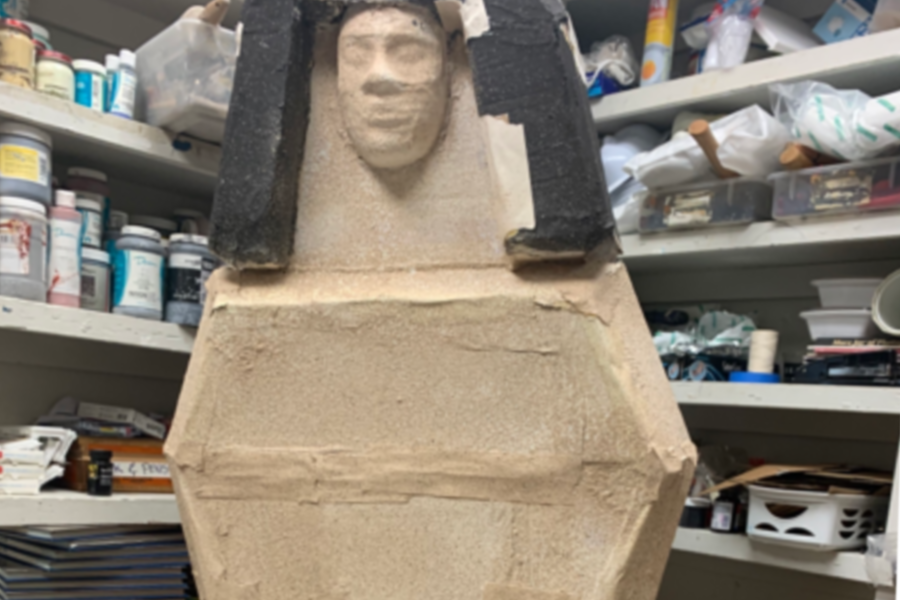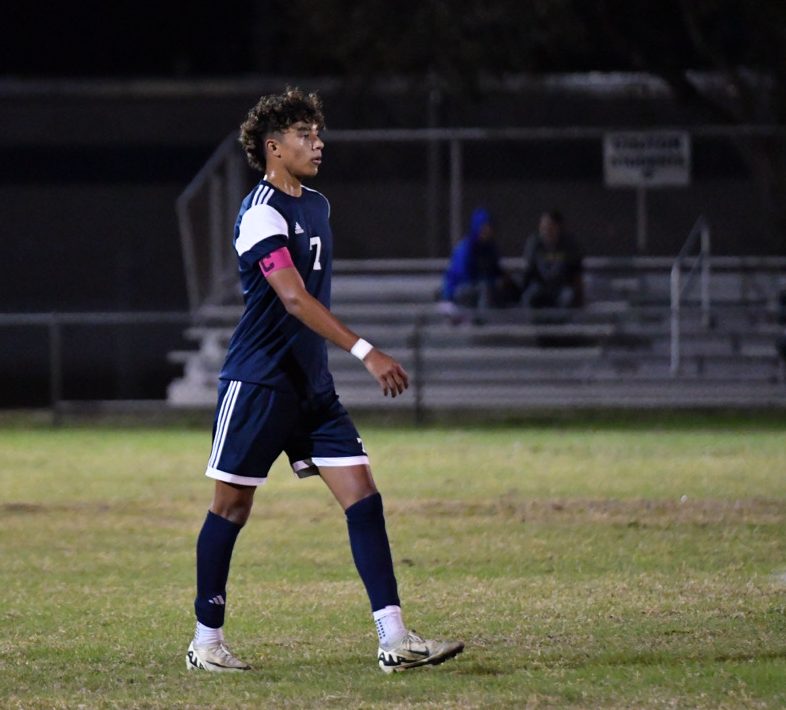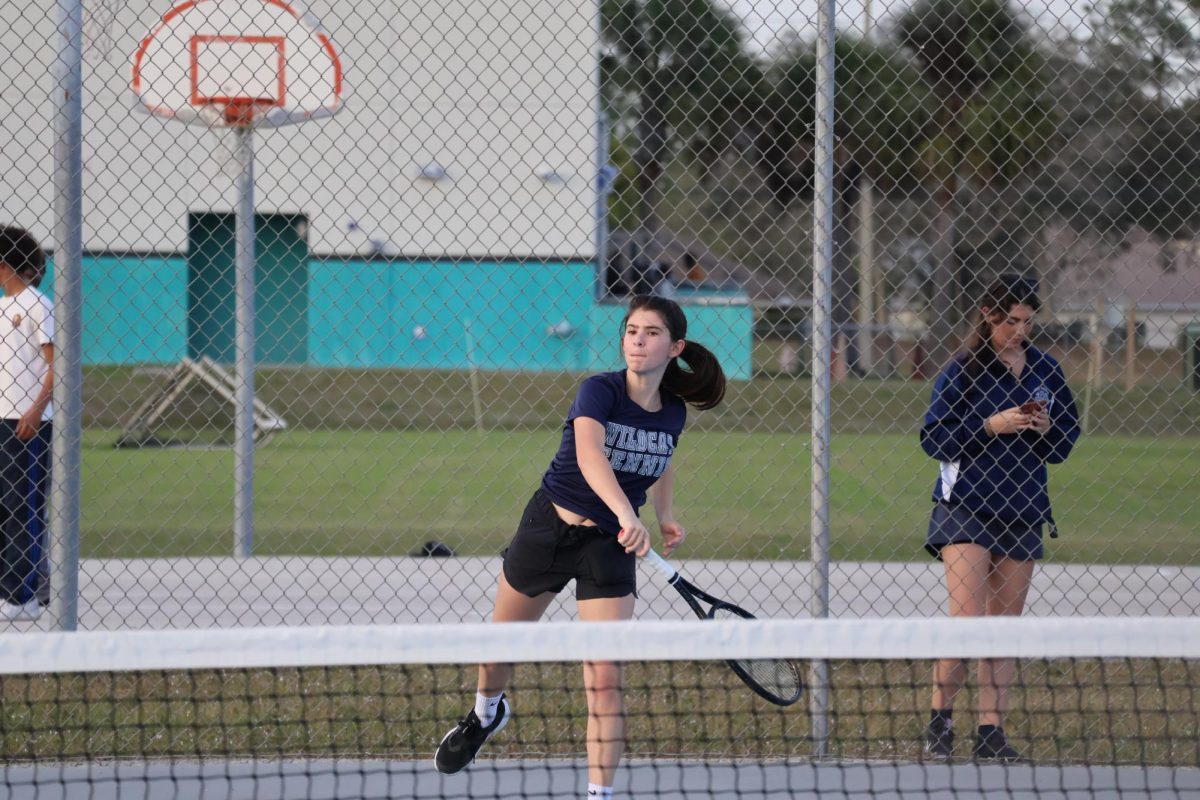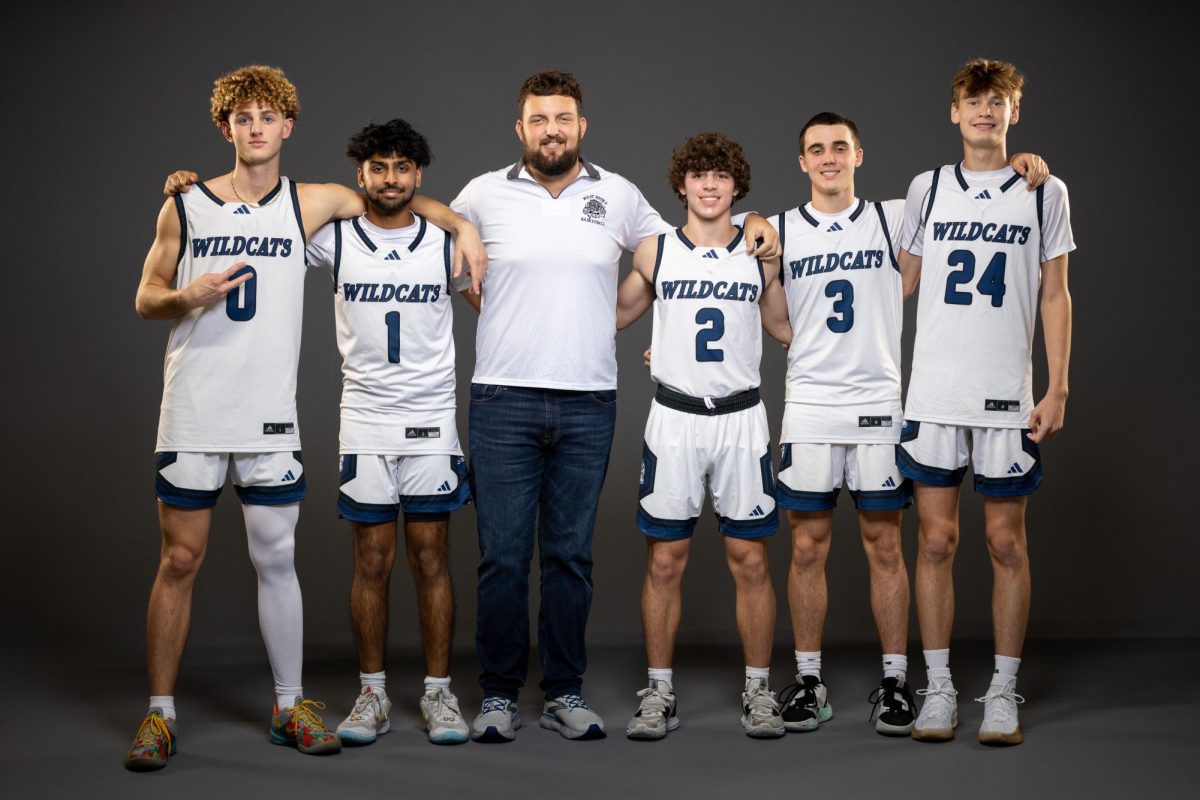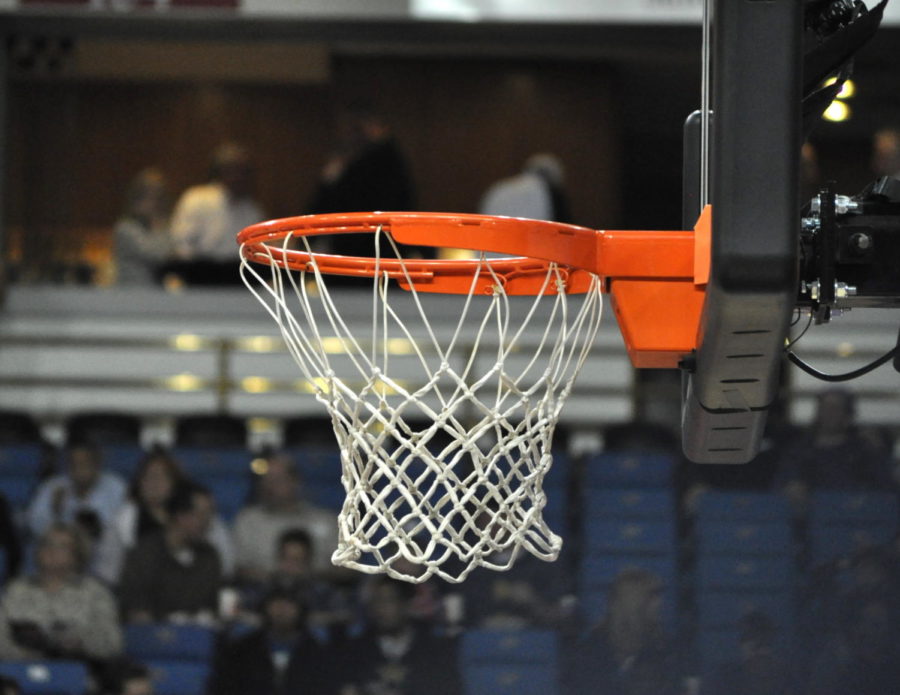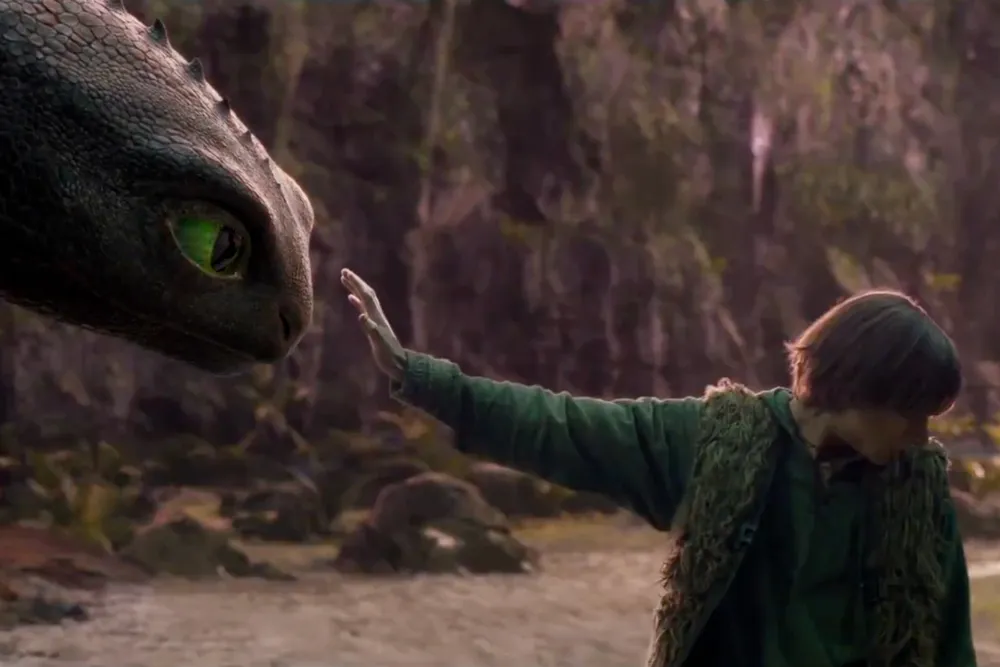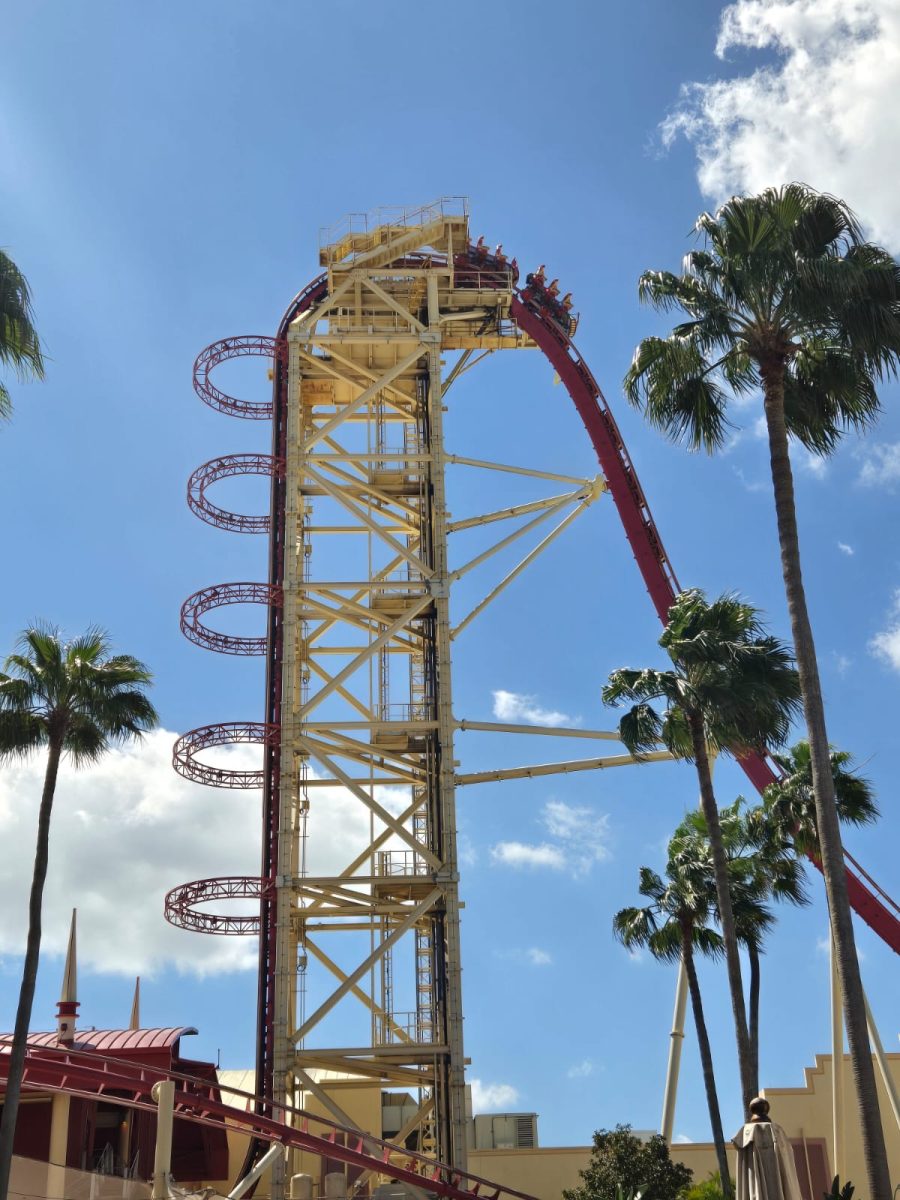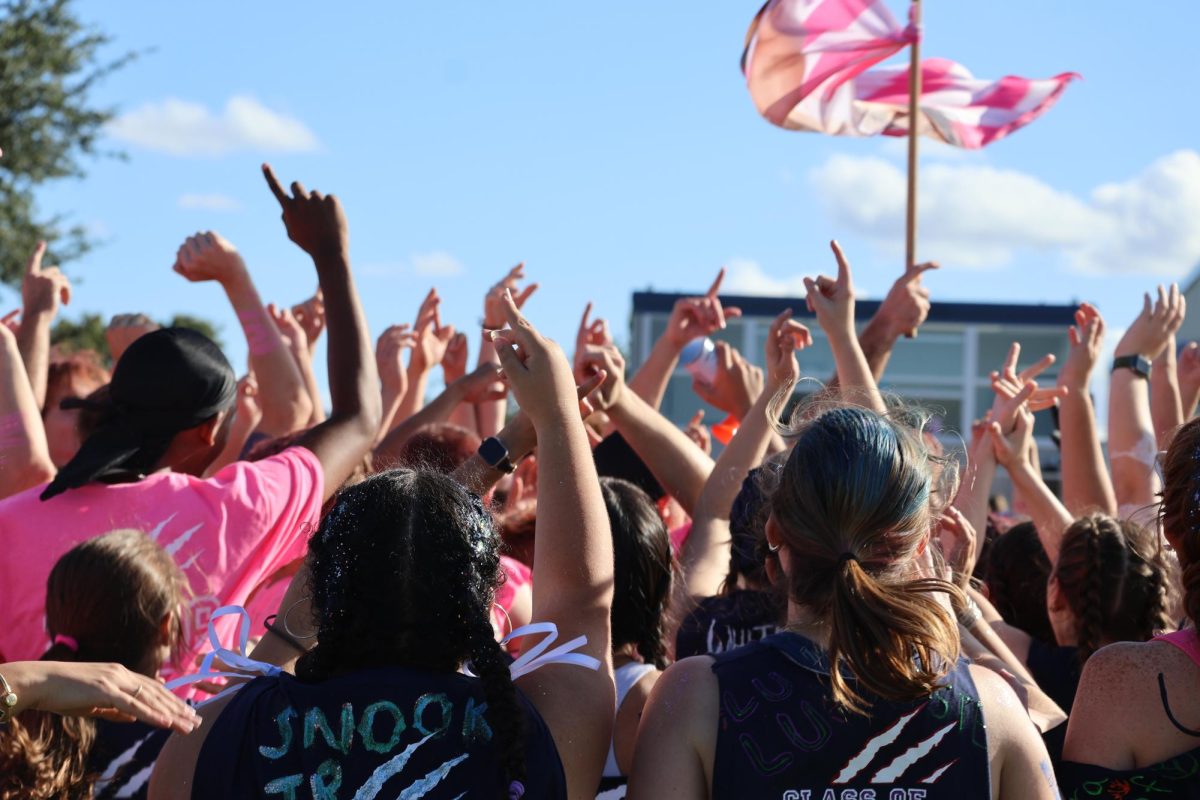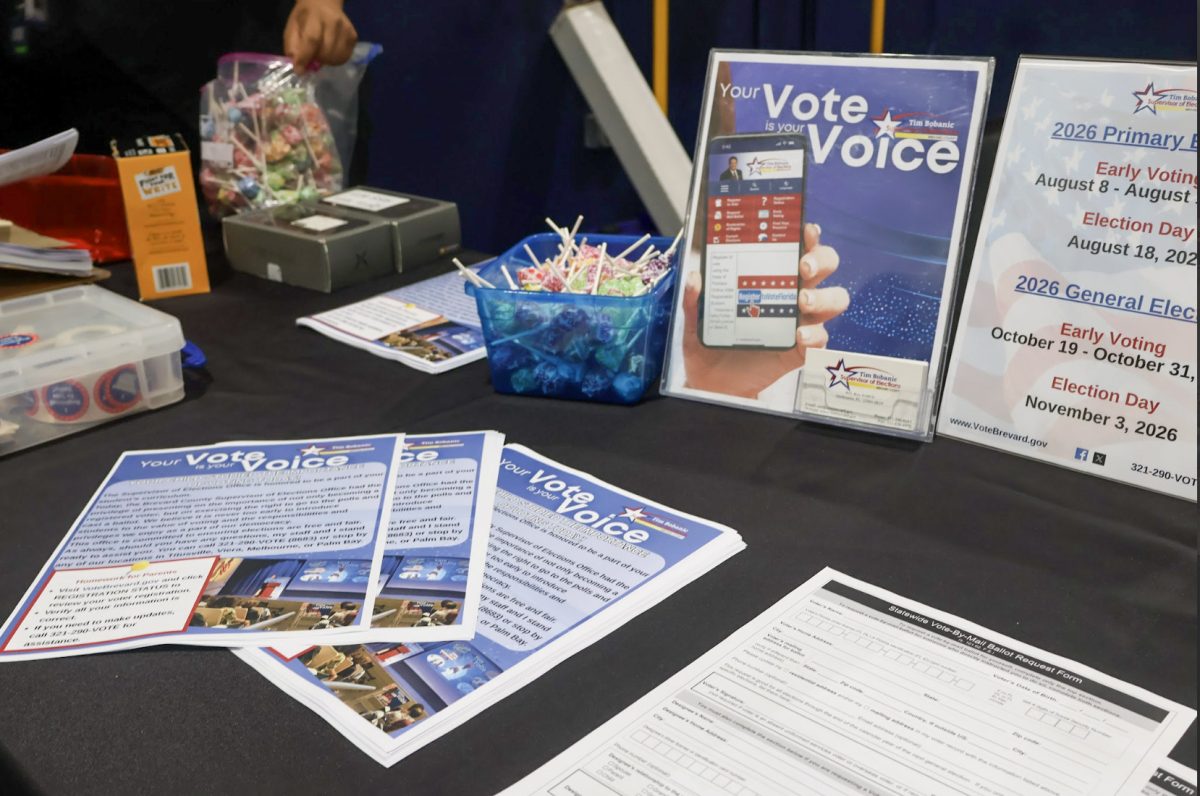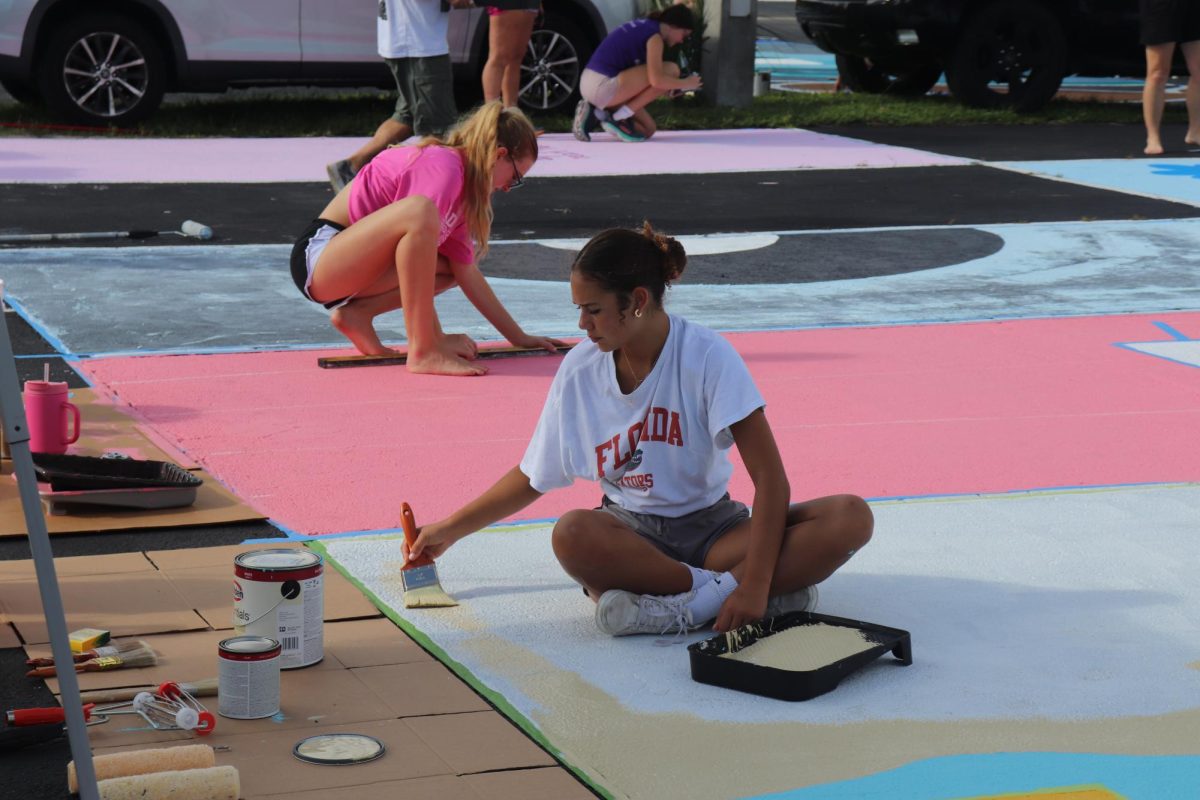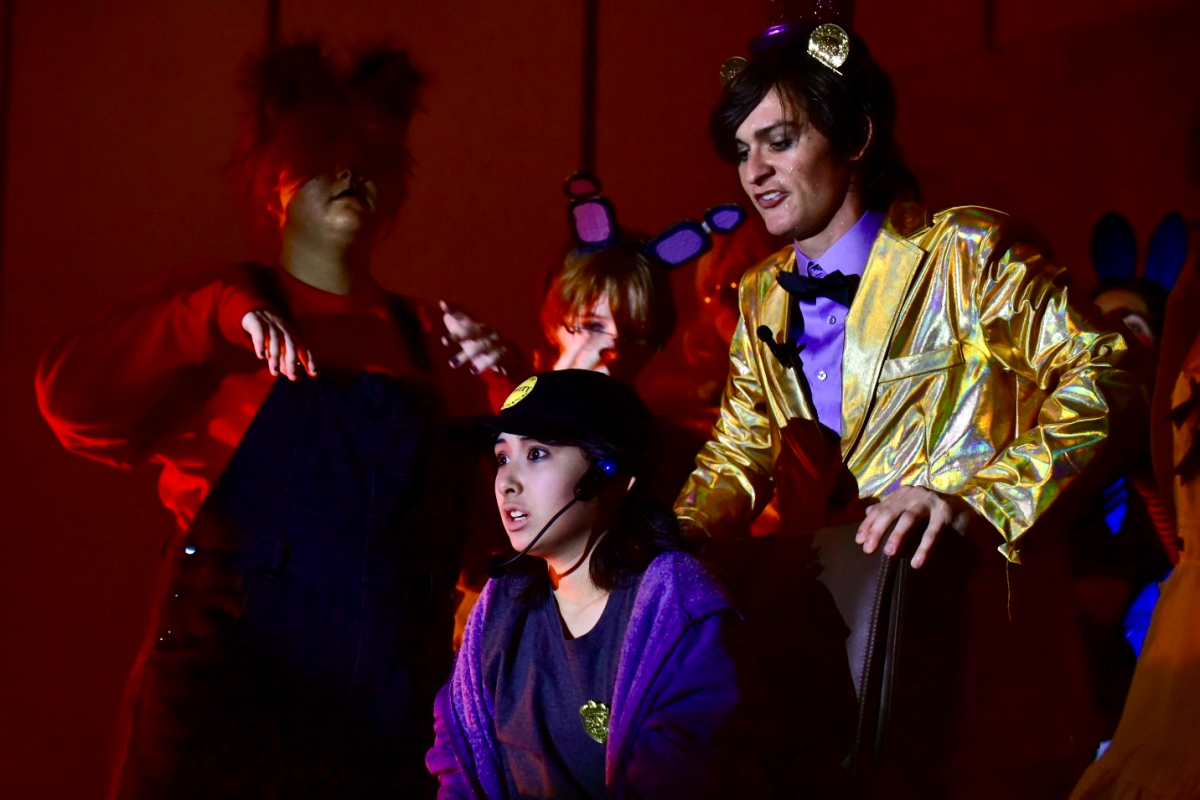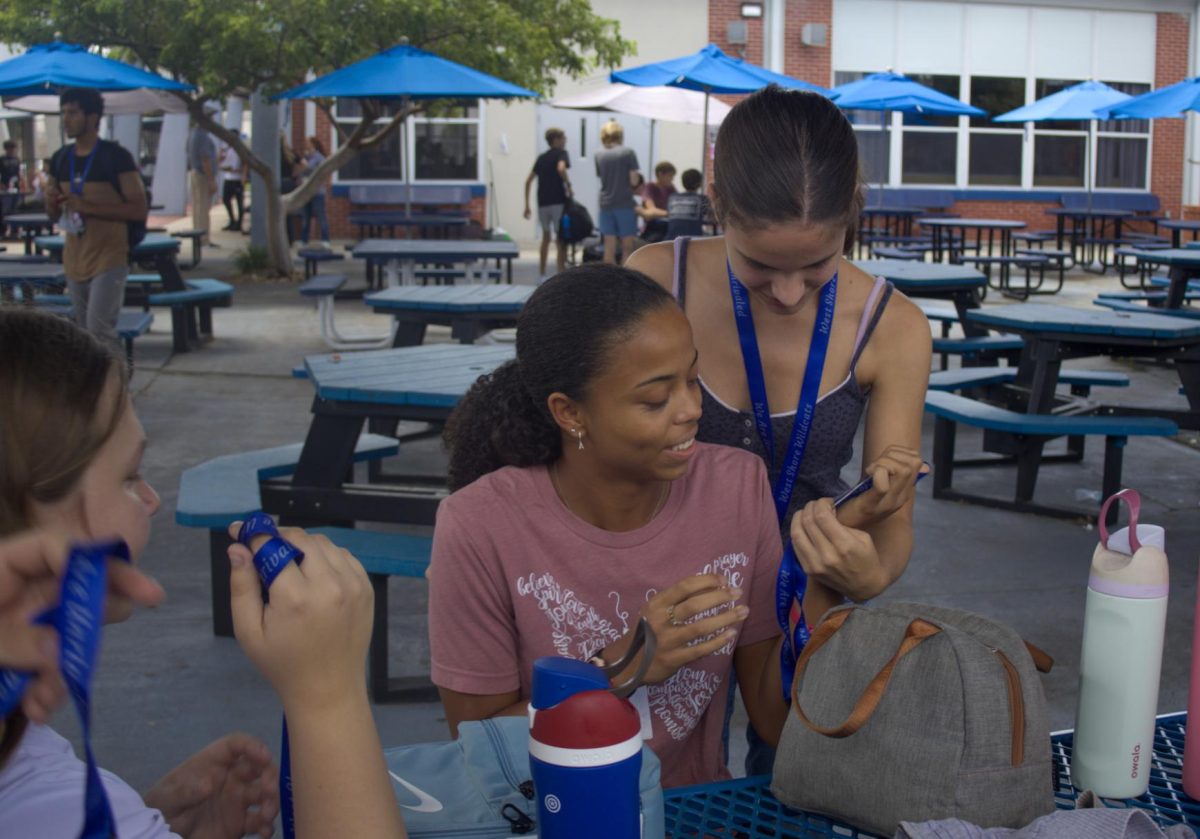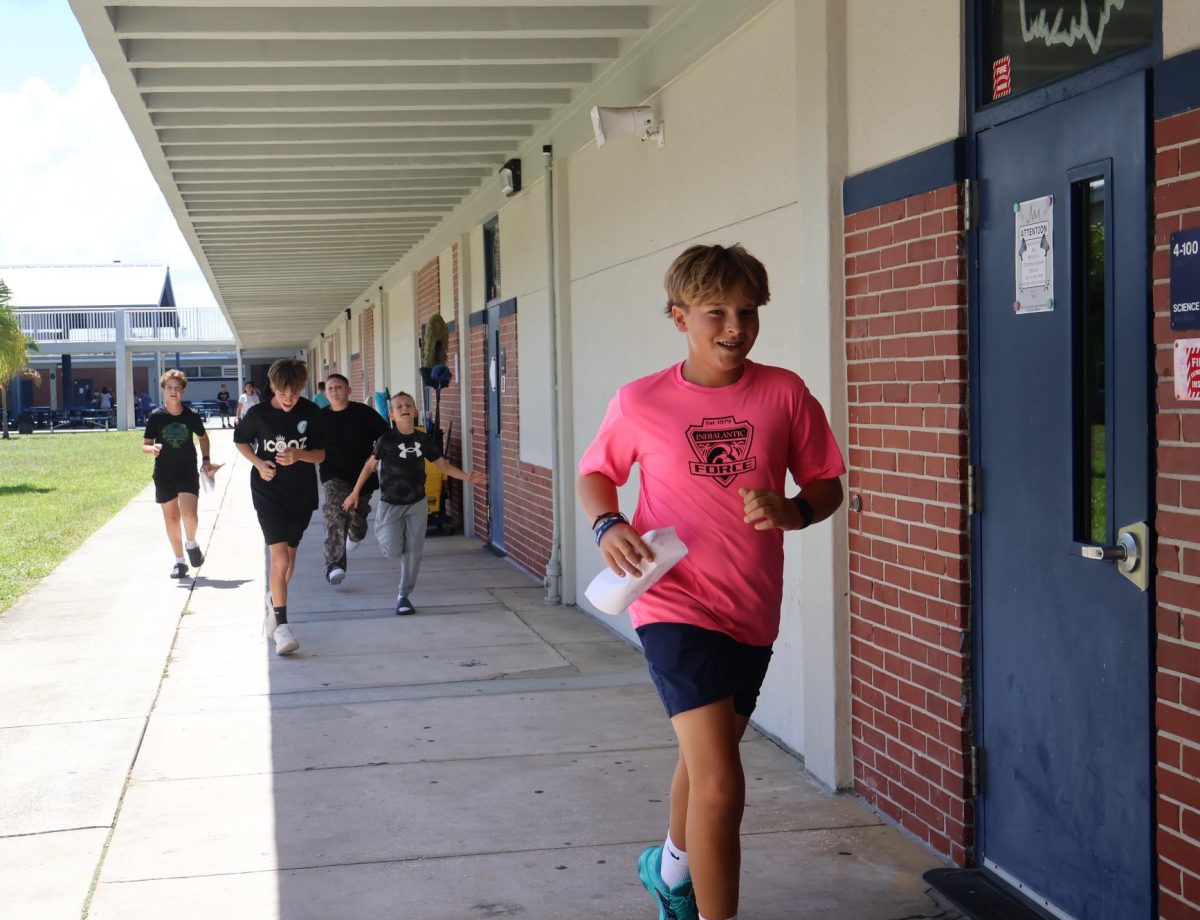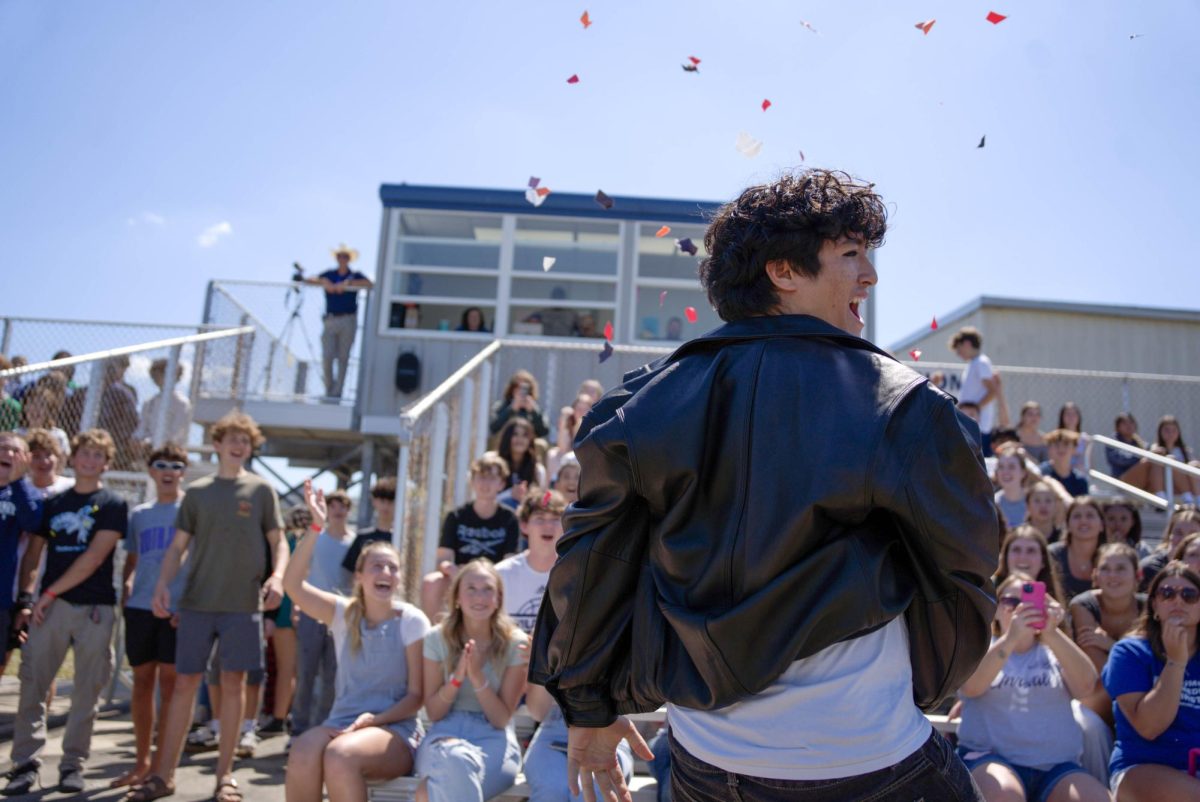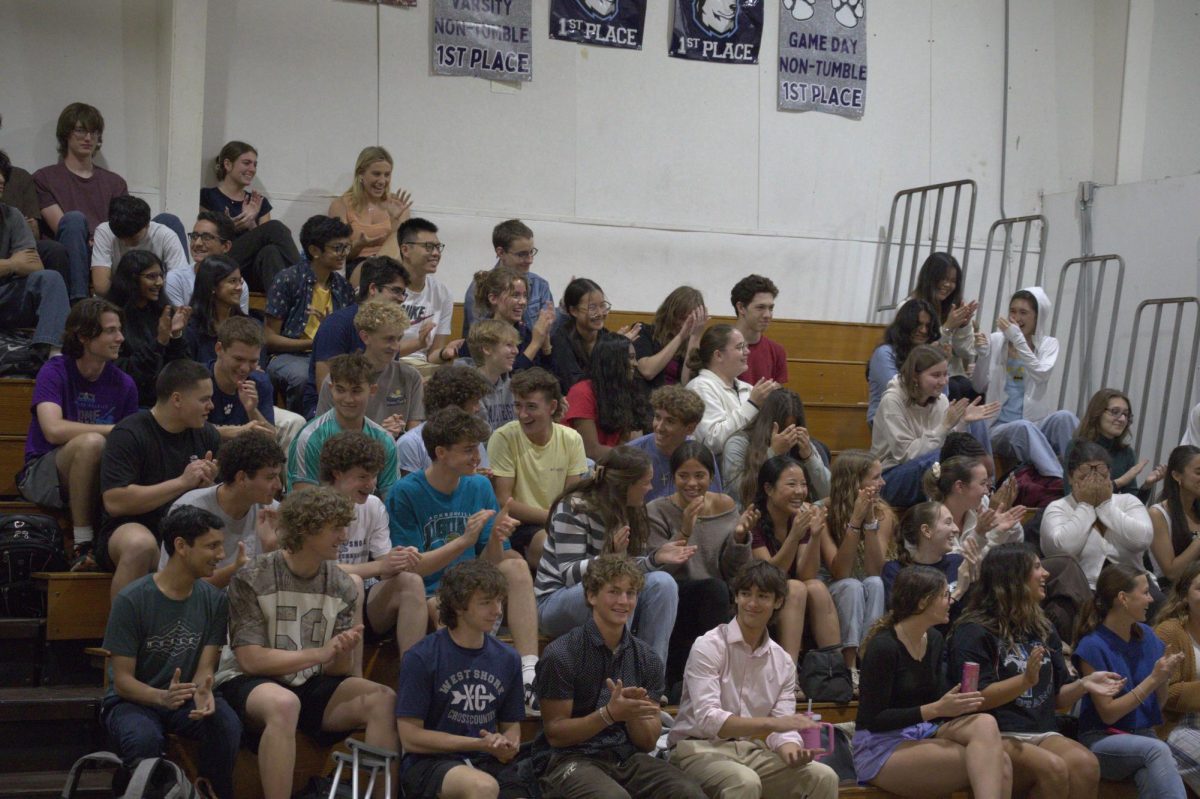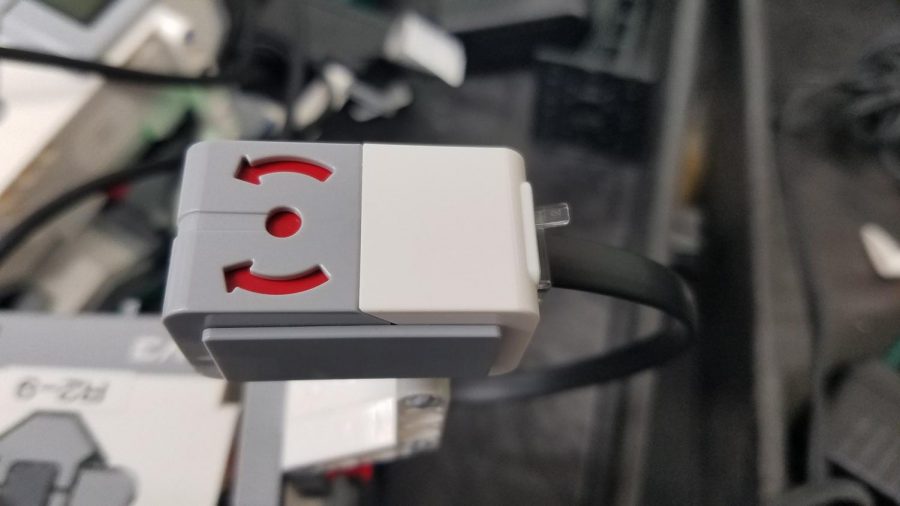Gyro sensors keep robotics class guessing
November 6, 2019
The Advanced Robotics class is preparing for its upcoming space missions by learning about gyro sensors.
“In theory the gyro sensor, you put it on and you say you want it to do a 90-degree turn and it’s going to do a 90-degree turn,” robotics teacher Jill Whitacre said. “It’s not like you have to guess and check on how to get [to the destination].”
The gyro sensor should help the students when they begin working on their space missions.
“We use the gyro sensor to help the robot understand where it is in space,” Bonnie R. (8) said. “This past week our class has been programming the robot to use the sensor and to reset it whenever the program runs.”
The gyro sensor should be a better way of having precise turns.
“Unless you program the robot to use the color or object it sees to know when to turn, which takes longer to program, using the gyro sensor is much easier because it measures the turn itself,” Bonnie said.
But the sensor does not always work correctly.
“It doesn’t work exactly the way it should,” Whitacre said. “I have two or three of them [robots] that just spin.”
When the sensors don’t work correctly, the class must troubleshoot the robots.
“We looked for a program to reset it, but that didn’t work,” Nishna P. (8) said. “It turned out it [the gyro sensor] was plugged into the wrong port.”
The gyro sensor will be helpful to the students for completing upcoming missions.
“It shows a change in velocity angle,” Whitacre said. “It can help the robot go straight and can make the robot turn precisely every single time. We are hoping it will give us more consistency.”
By Abby Hedrick
Editor’s note: Brevard Public Schools policy prohibits the inclusion of middle-schoolers’ last names on district-sponsored websites.

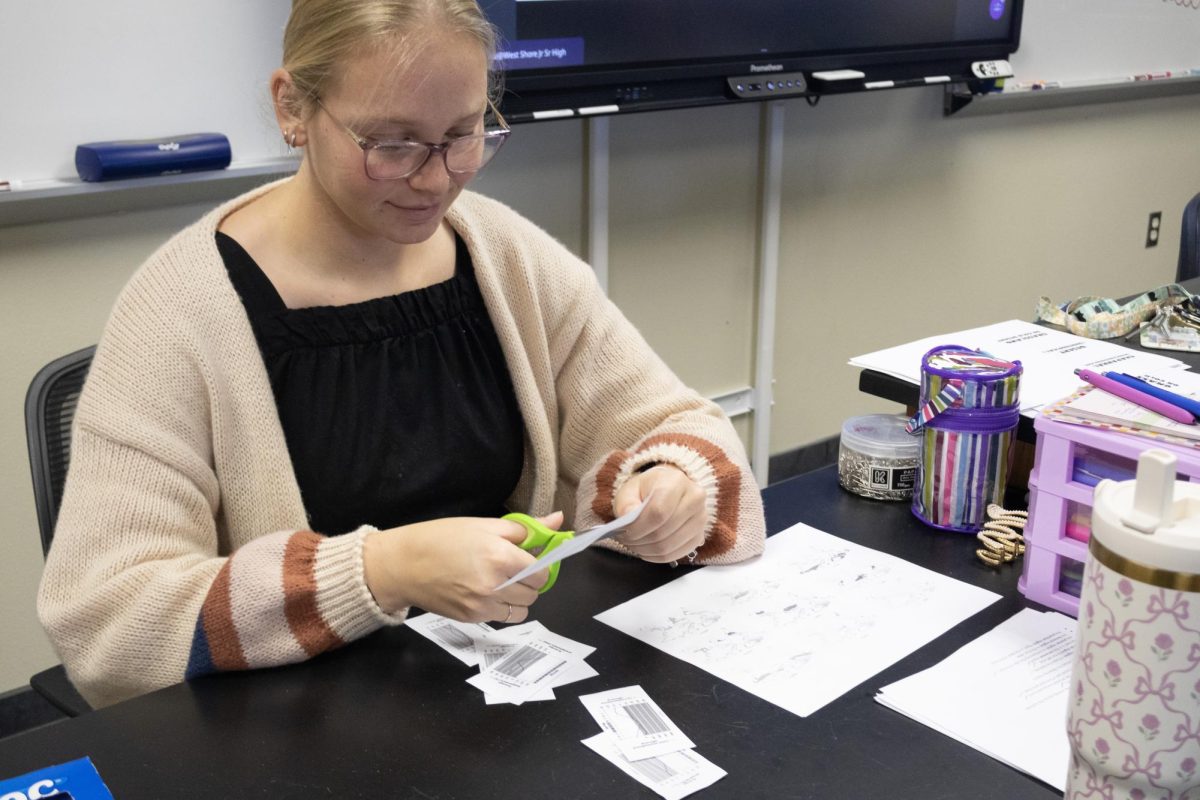
![Sophomore Isabelle Gaudry walks through the metal detector, monitored by School Resource Officer Valerie Butler, on Aug. 13. “I think [the students have] been adjusting really well," Butler said. "We've had no issues, no snafus. Everything's been running smoothly, and we've been getting kids to class on time.”](https://westshoreroar.com/wp-content/uploads/2025/08/IMG_9979-1200x800.jpg)
